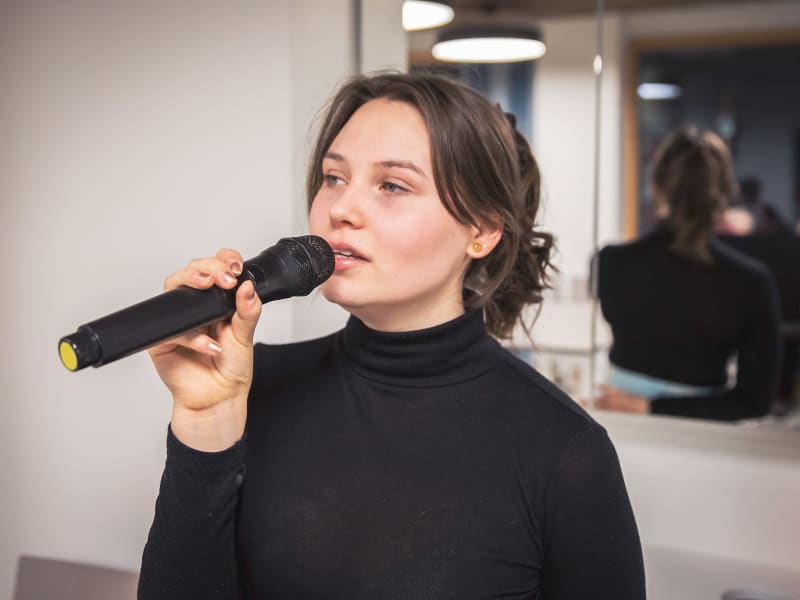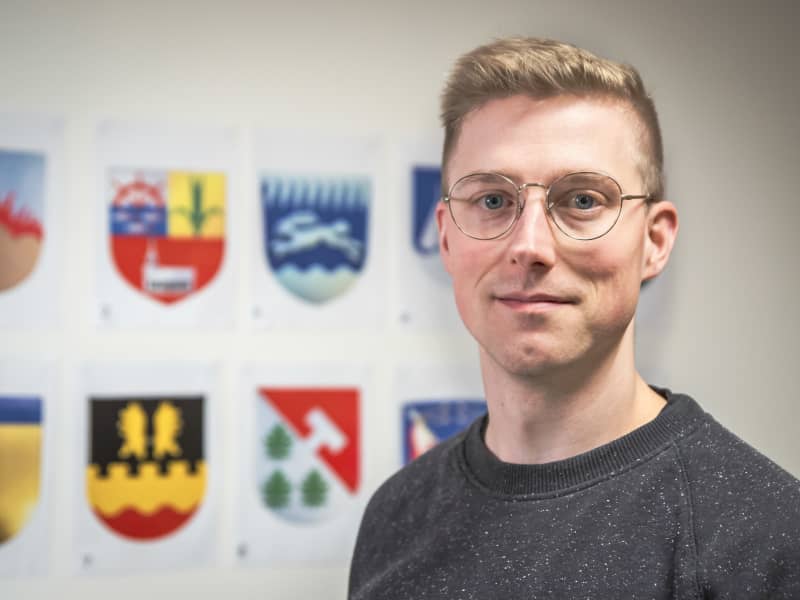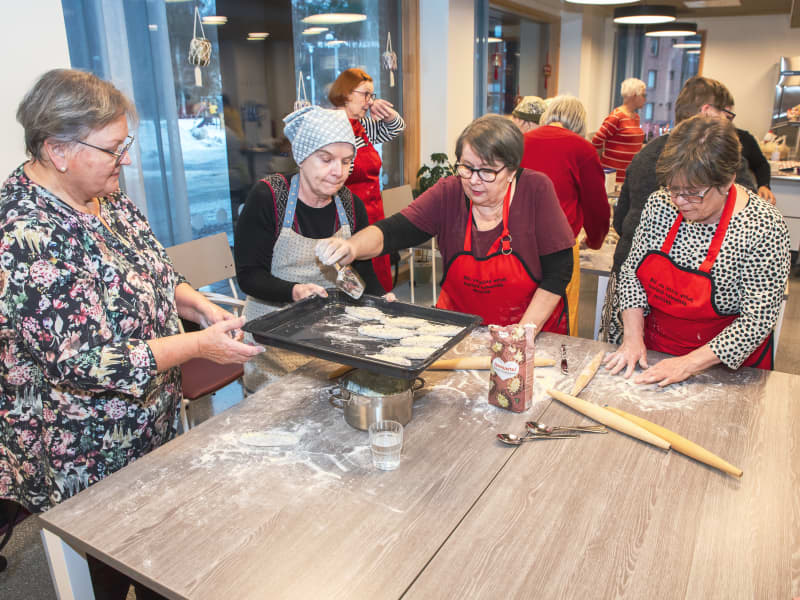According to the researcher, there may be gaps in family memories, as grandparents may not have been able to recall their wartime experiences. In many cases, young people themselves are researching the history of their families.
The 18-year-old Ronkainen’s mother left Harlu Hämeenkoski, north of Ladoga, to become an evacuee.
The war in Ukraine and the Ukrainian refugees have reminded Ronkänen of his grandmother who went into exile.
– Grandma’s stories have come back to me very strongly. I thought about how terrifying and frightening it is to leave your home and enter a foreign country. I am glad that Finland has helped Ukrainian refugees,” says Ronkainen.
Ronkainen has visited his grandmother’s home in Harlu with his family. He has memories of the house.
– The house was deserted, and you couldn’t go upstairs because it was so fragile. The color of the house was red. It was cool to visit, but rough, of course, says Ronkainen.
To Ronkainen, Karelian means the culture handed down by her grandmother.\n – It’s great that I was born into a family with Karelian roots. I want to continue carrying the Karelian tradition and roots forward, says Ronkainen.

A trip to Grandpa’s battlefield in Aunus Karelia
The maternal grandfather of 33-year-old Johannes Silvennoinen left Säkkijärvi in \u200b\u200bwhat was then South Karelia to evacuate when the new border was drawn across the keep.
His maternal grandmother’s home in Säkkijärvi remained on the Finnish side. The grandparents later met in Ylämaa.
– Grandpa has always said that you have to know where it comes from. I have been to Säkkijärvi a couple of times with Uki, or mother’s father, to look at the stone foundation of his childhood home. The trips have been extremely important, says Silvennoinen.
Silvennoinen’s paternal grandfather, on the other hand, came from the rural municipality of Sortavala.
– My grandfather and I have been there again. I’ve heard a lot of stories about where they played and what kind of house and barn they used to be.
Silvennoinen has also visited the battlegrounds of the Continuation War with Uki.
– In 2008, we visited Aunus’ Karjala with his maternal grandfather and cousins. I was a young man of the same age as my grandfather was when he fought there. It raised quite a lot of my own thoughts: what if I myself had been in those combat situations at the same age, ponders Silvennoinen.
Being Karelian is a very important part of her identity for Silvennoinen.
– I have the coat of arms of Karelia on the living room wall and I like to cherish the traditions that I got from my grandmother and grandfather. Karelian things are, for example, the food, domestication culture and, of course, the dialect, which I hardly speak here in Central Finland.

Young people are enthusiastic about Karelianism and their family history
– People in their 20s and 30s are excited about Karelianism and the history of their own family in a whole new way: they study history and bring it out in their own ways. The children of the evacuees have been quieter about these things, says Hyyryläinen.
According to Hyyryläinen, the grandchildren do not have the same burdens to bear as the generation that experienced the war and their children.
– Grandchildren can more easily study history, because most of them are so-called diginatives who can easily search for information on the Internet. In addition, the grandparents have been able to tell nice stories about their childhood and life in Karelia before the wars.

Hyyryläinen has also studied social media: young people especially interpret their Karelian family heritage on Instagram. Facebook groups related to Karelianism have also been actively established.
– The effects of so-called forced migration are different in every family and clan. It often comes up that there may be breaks in the family’s memory: wartime experiences and settling in new places of residence may have been so difficult that they have not been able to talk about them, Hyyryläinen says.
After the wars, a total of more than 400,000 evacuees were settled in new places of residence.
– It’s been a long time since the war, but Karelianism lives on strong and it changes with each new generation. Knowing the history of the family also brings a sense of continuity: when you belong to a continuum, it improves people’s well-being in a broader sense, sums up Hyyryläinen.
Finland and the Soviet Union signed the peace treaty in Moscow on September 19, 1944, which ended the continuation of the war. According to the terms of the peace, Finland had to hand over Karelia, the outer islands of the Gulf of Finland, the Sallan-Kuusamo region and Petsamo to the Soviet Union.
